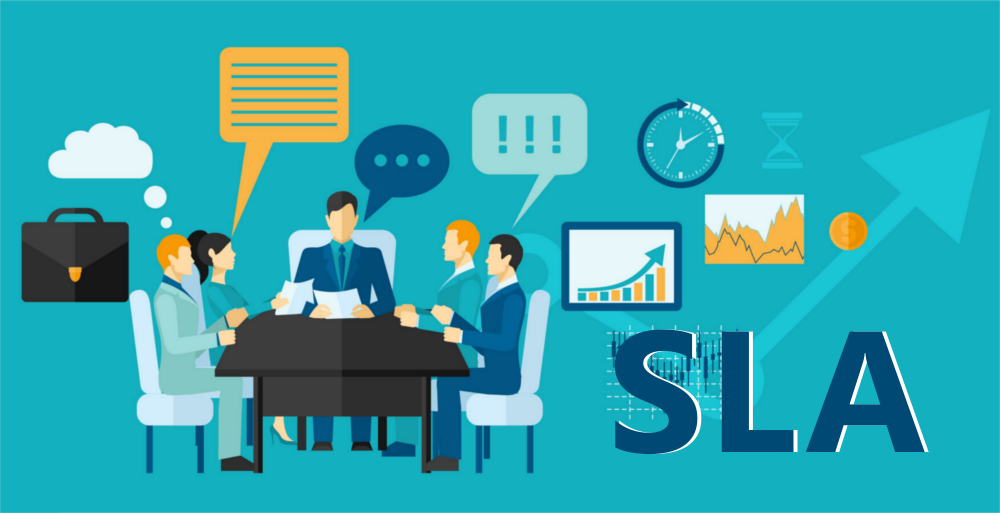What is an SLA?
A service-level agreement (SLA) is an agreement between a service provider and its customers. It clearly states the level of service the end-user/customer expects from the service provider. SLA defines a quantitative target for the services provided as metrics.
SLAs are often used in customer support to ensure that the service providers provide timely support to customers by setting due by time for various customer inquires & tickets.
An SLA in Customer Support is an agreement that specifies the response and resolution times of the support agents to the tickets raised by the customers. Providing help to your customers based on service ensures that you are delivering a scalable, measurable and quantified customer service.
What an SLA must comprise of?
SLA must possess certain key components by default
- Name
- Description
- Schedule
- Response and Resolution Time
- SLA Conditions
- Escalation Rules
A Unique name for each SLA must be provided. The name must be in such a way that it describes the SLA.
This session must describe what services the customers can receive from you. It must be the entire description of the SLA plan.
Expected uptime and the time when the service is provided must be scheduled. Create calendars & add the working hours of your team including lunch breaks, holidays, and weekends so that the clock will get stopped when you are not in the service desk.
The Time taken by the support agents to provide first response and resolution for issue/ticket. It is an SLA which is set to monitor the time spent on each ticket.
Various conditions can be set which are needed to meet the criteria that you want to establish through SLA.
Each and every SLA monitors the target times for your support agents to respond and resolve their conversations. Based on SLAs, you can also build automation to escalate any conversations that have breached their targets. The escalation action may be done by trigger or monitor automation. Notifying the assignee or changing the priority of the tickets are some of the escalation steps.

Some of the general metrics a help desk service’s SLA must measure are
First Response Time
Sending quick responses to your customers shows your responsiveness towards your customers. Customers expect to know the time by which their request will be processed. So it is obvious that “First Response Time” is very important for a high performing help desk service. The First Response Time will be measured from the moment the support agent opens the ticket. Sending quick responses or notifying the customer about their ticket status is part of what makes this metric a measure of responsiveness.
Resolution Time
Resolution Time is as much as important as First Response Time. Customers want you to send the first response to know whether their request has been acknowledged by you. They also expect you to proceed with the resolution of the issue. Resolution Time is the time your support agents will take to completely resolve the tickets.
Resolution Time Metric can be split into two sub metrics
- Time spent by Support agent
- Time waiting for Customer’s reply
Support agents may give a solution to the customer’s issue but the customer may take time to reply. In such cases, resolution time can be calculated separately for the time spent by support agents to resolve the ticket to avoid unnecessary breaches and effects in operator performance.
In cases where customers take time to respond, resolution time can be calculated as “Time waiting for Support” from customers.
External Support Time
Support agents may receive customer requests that require support from external/third parties which has to approve or take further steps on customer’s requests. The external/third parties may be the customer’s managers, higher officials, etc. In such cases, there should be a separate metrics to calculate the time waiting for support from 3rd party. And the clock which is running to calculate resolution time for that ticket must be stopped.